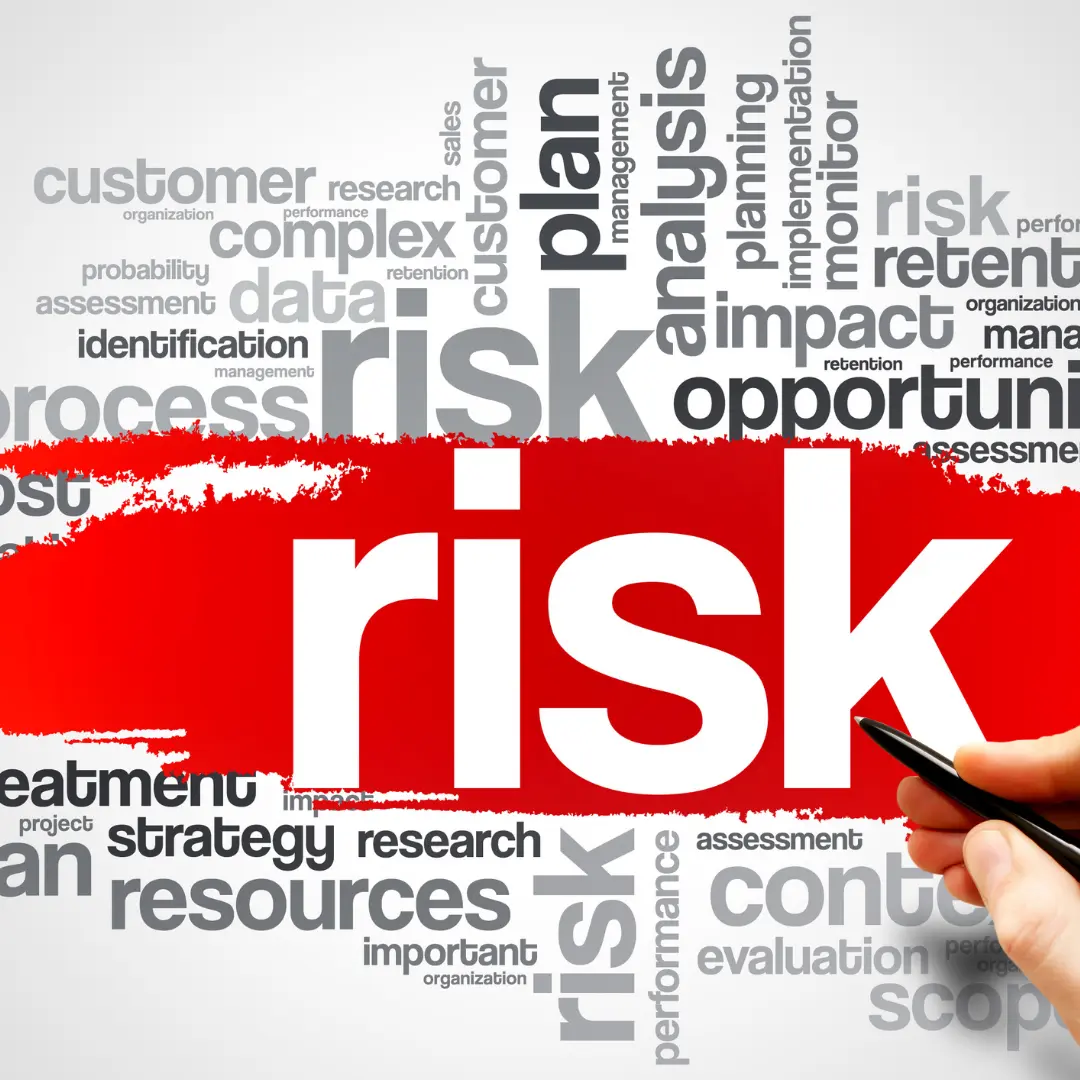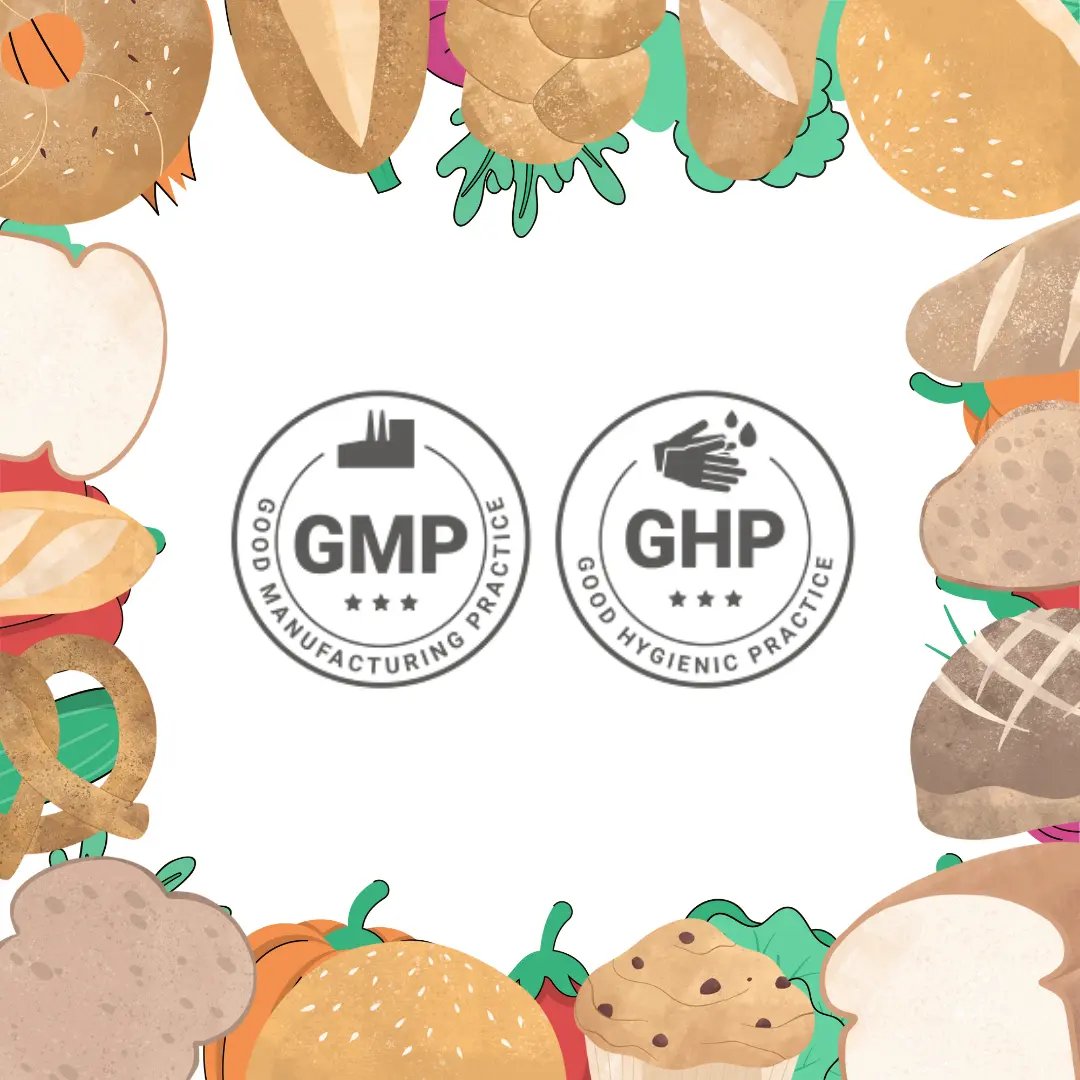What is Risk Analysis in Food Safety?
Risk analysis is a systematic approach to assessing and managing risks associated with the production, distribution, and consumption of food. It involves three key components

1. Risk Assessment
This phase involves the scientific evaluation of potential food safety hazards. It identifies the likelihood and severity of harm. Those are the ones may result from exposure to these hazards. During this stage, experts gather data, conduct studies, and use mathematical models. Then accordingly estimate the risk associated with specific hazards.As bacteria, chemicals, or allergens.
2. Risk Management
Once the risks are identified and assessed, the next step is to determine how to manage and reduce these risks. This stage involves setting food safety standards and regulations, implementing control measures, and developing strategies to prevent, mitigate, or eliminate hazards.
3. Risk Communication
Transparent and effective communication is vital in ensuring that consumers, businesses, and regulatory authorities are well-informed about food safety risks. This phase includes conveying information about potential risks, control measures, and the responsibilities of different stakeholders.
The Importance of Risk Analysis in Food Safety
1. Prevention of Foodborne Illness
It helps identify potential hazards in the food supply chain, enabling proactive measures to prevent contamination and foodborne illnesses. By understanding the risks, food producers can implement controls and consumers can make informed choices.
2. Regulatory Compliance
Government agencies and regulatory bodies use risk analysis to establish and enforce food safety standards and regulations. These standards serve as a benchmark for the food industry, ensuring compliance and accountability.
3. Consumer Confidence
When consumers are confident in the safety of the food they purchase, they are more likely to make food choices that promote their well-being. This trust is built upon the foundation of risk analysis, transparency, and effective communication.
4. Global Trade
In an interconnected world, risk analysis helps facilitate the international trade of food products. Harmonized risk assessment and management principles enable countries to trade food products while ensuring safety and quality standards are met.
Challenges in Risk Analysis
While risk analysis is a powerful tool for food safety, it does come with its own set of challenges. Some of these challenges include:

1. Data Availability
Accurate data is essential for risk assessment, and sometimes, it may be limited or difficult to obtain, particularly for emerging or novel food safety risks.
2. Complexity
Food supply chains are complex, and there can be various potential hazards at different stages. Analyzing all these complexities requires expertise and resources.
3. Emerging Risks
As food production and consumption patterns change, new risks can emerge. Risk analysis must adapt to identify and address these evolving challenges.
In conclusion, risk analysis in food safety is a multifaceted process that helps ensure the food we consume is safe. It’s a collaborative effort between scientists, policymakers, and the food industry to identify, manage, and communicate risks. By continuously improving our understanding and application of risk analysis, we can create a safer food supply and protect public health.
As consumers, it’s essential to stay informed and make food choices that align with established food safety standards. And for the food industry, maintaining a commitment to risk analysis and safety practices is not just a regulatory requirement but a responsibility to society’s health and well-being.
Have you received enough information about ‘What is Risk Analysis in Food Safety? qualiqo is here to help you. It answers your questions about sanitation and hygiene, Lab. & EMP, IPM and Pest Control. We also provide information about the main features and benefits of the software. We help you access the Qualiqo demo and even get a free trial.













